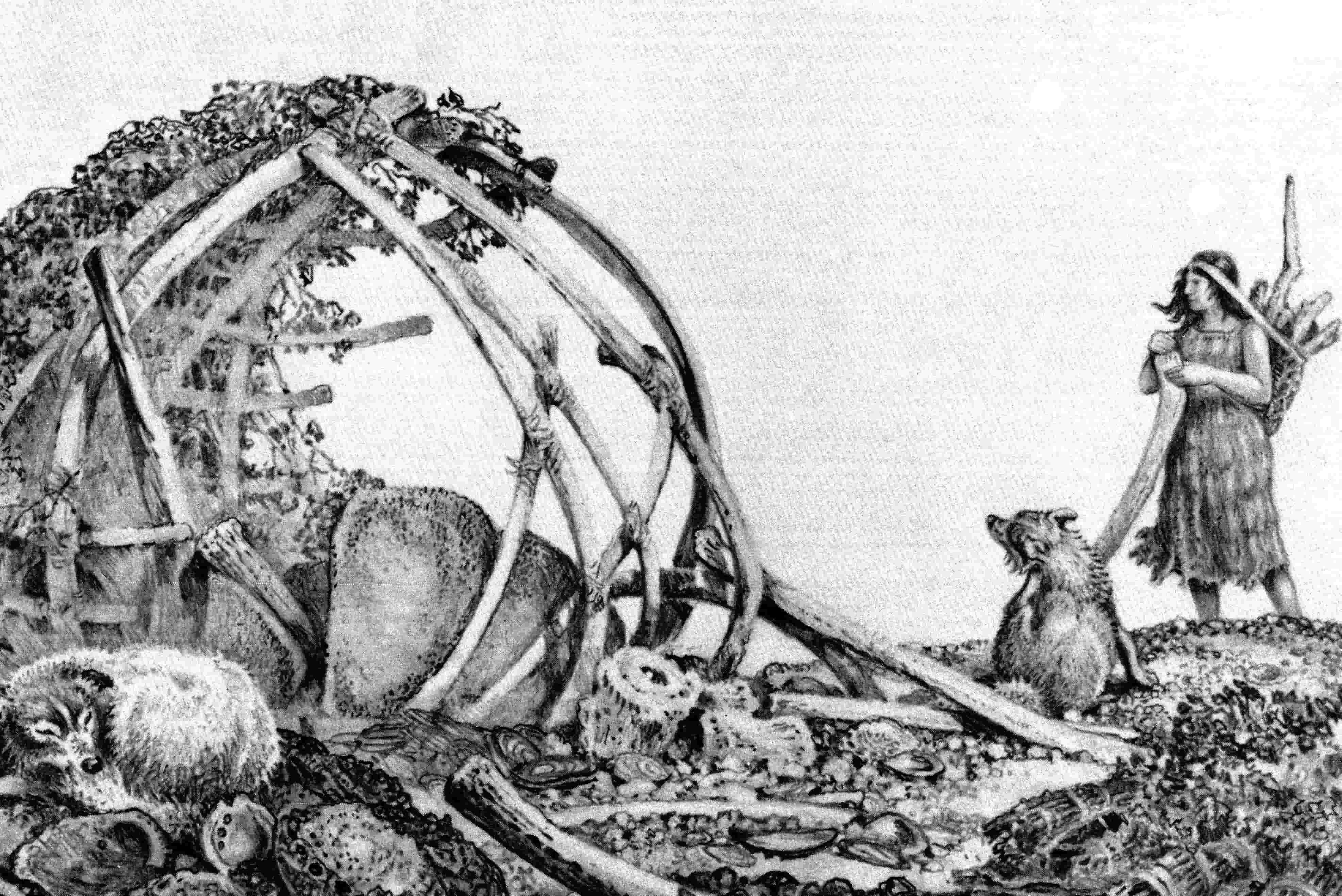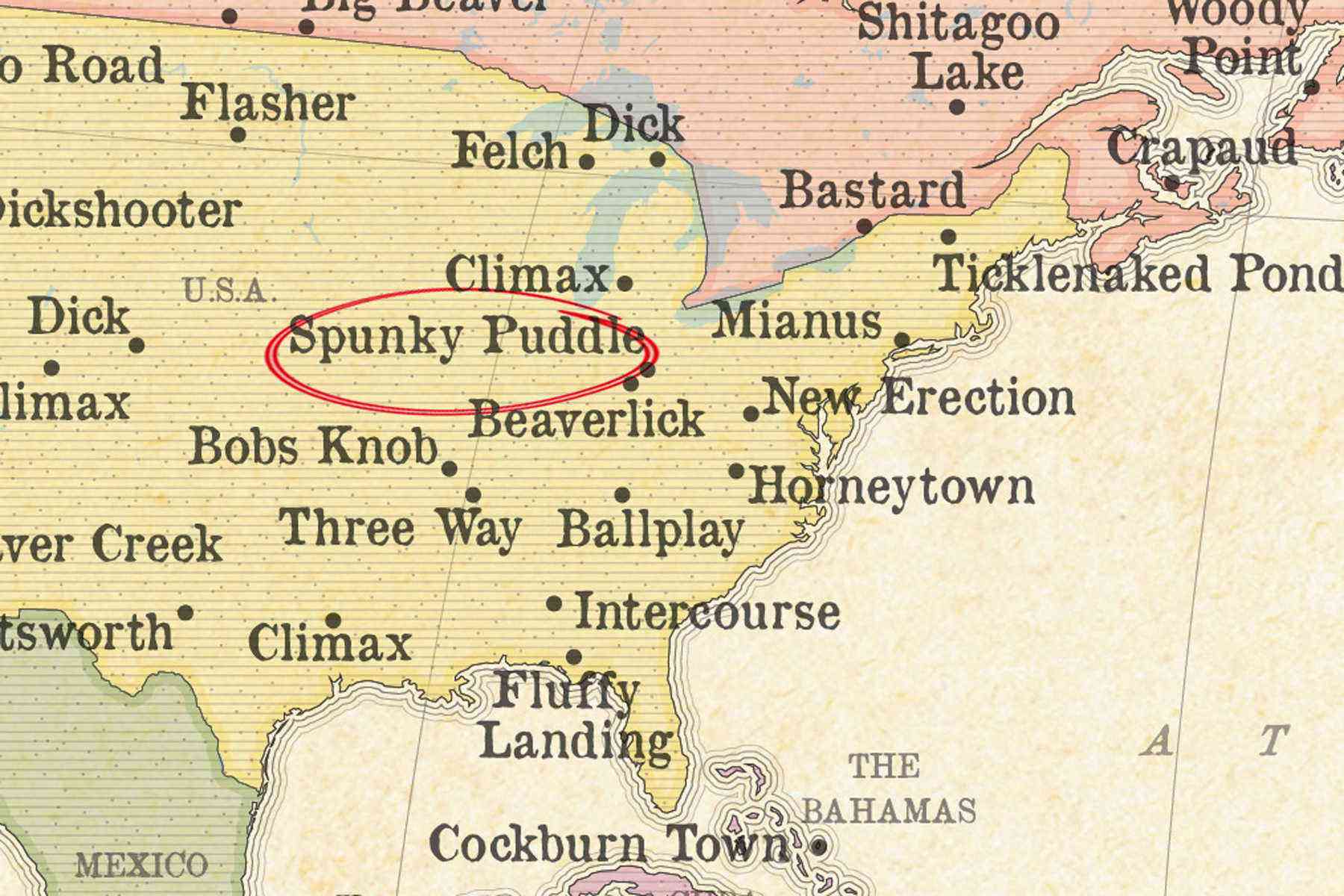
Who was Juana Maria? Juana Maria, often known as the "Lone Woman of San Nicolas Island," was the last surviving member of the Nicoleño tribe. She lived alone on San Nicolas Island off the coast of California for 18 years after her tribe was decimated. Her story became widely known when she was discovered in 1853 and brought to the mainland. Sadly, she passed away just seven weeks later. Her tale inspired Scott O'Dell's famous novel, "Island of the Blue Dolphins." Juana Maria's resilience and survival skills have fascinated historians and readers alike, making her a symbol of endurance and strength.
Key Takeaways:
- Juana Maria, the "Lone Woman of San Nicolas Island," survived alone for 18 years, showcasing incredible resilience and resourcefulness in the face of tragedy and isolation.
- Her story has left a lasting impact on culture, literature, and anthropology, inspiring works of art, academic studies, and efforts to preserve indigenous cultures and languages.
Who Was Juana Maria?
Juana Maria, often referred to as the "Lone Woman of San Nicolas Island," is a historical figure shrouded in mystery and intrigue. Her story has fascinated historians, anthropologists, and the general public alike. Here are some captivating facts about her life and legacy.
-
Juana Maria was the last surviving member of the Nicoleño tribe, native to San Nicolas Island off the coast of California.
-
She lived alone on the island for 18 years after her tribe was decimated by a series of tragic events, including conflicts and disease.
-
Her real name remains unknown. "Juana Maria" was the name given to her by the Spanish missionaries who found her.
Life on San Nicolas Island
Juana Maria's life on San Nicolas Island was marked by resilience and survival. Here are some intriguing details about her solitary existence.
-
She built a shelter made of whale bones and brush, showcasing her resourcefulness.
-
She crafted tools and weapons from available materials like stone, bone, and shells.
-
Her diet consisted mainly of seafood, including fish, seals, and shellfish, which she skillfully hunted and gathered.
The Rescue and Aftermath
Juana Maria's eventual rescue brought her story to the mainland, but it also marked the beginning of new challenges.
-
In 1853, Captain George Nidever and his crew discovered Juana Maria on San Nicolas Island.
-
She was taken to the Santa Barbara Mission, where she struggled to adapt to a new way of life.
-
Juana Maria communicated using a language that no one could understand, believed to be a dialect of her native Nicoleño tongue.
Cultural Impact and Legacy
Juana Maria's story has left a lasting impact on culture and literature, inspiring various works and studies.
-
Scott O'Dell's novel "Island of the Blue Dolphins" is loosely based on her life, bringing her story to a wider audience.
-
Her tale has been the subject of numerous academic studies, exploring themes of isolation, survival, and cultural loss.
-
Artifacts believed to be associated with Juana Maria have been discovered on San Nicolas Island, providing insights into her life.
The Mystery of Her Language
One of the most puzzling aspects of Juana Maria's story is the language she spoke, which remains largely undeciphered.
-
Linguists have attempted to identify and understand her language, but it remains a mystery.
-
Some believe her language was a unique dialect of the Nicoleño language, now extinct.
-
Efforts to preserve and study her language continue, highlighting the importance of linguistic diversity.
Juana Maria's Final Days
Juana Maria's life after her rescue was brief but significant, shedding light on the challenges faced by indigenous peoples during that era.
-
She lived for only seven weeks after her rescue, succumbing to illness in October 1853.
-
Her death was attributed to dysentery, possibly exacerbated by her sudden change in diet and environment.
-
Juana Maria was buried in an unmarked grave at the Santa Barbara Mission, a poignant end to her remarkable life.
Rediscovery and Recognition
In recent years, efforts have been made to honor Juana Maria's memory and recognize her contributions to history.
-
A plaque commemorating Juana Maria was installed at the Santa Barbara Mission in 1928.
-
San Nicolas Island is now part of the Channel Islands National Park, preserving the land where she once lived.
-
Her story continues to be taught in schools, ensuring that future generations remember her legacy.
Juana Maria in Popular Culture
Juana Maria's story has transcended history, becoming a part of popular culture and inspiring various forms of media.
-
The 1964 film adaptation of "Island of the Blue Dolphins" brought her story to the big screen.
-
Her life has been featured in documentaries, shedding light on her resilience and survival skills.
-
Juana Maria's story has inspired artists, writers, and musicians, who continue to draw from her incredible journey.
The Nicoleño Tribe
Understanding Juana Maria's story also involves learning about the Nicoleño tribe, their culture, and their tragic fate.
-
The Nicoleño were skilled hunters and gatherers, relying on the island's resources for survival.
-
They had a rich cultural heritage, including unique art, music, and spiritual practices.
-
European contact brought diseases that decimated the Nicoleño population, leading to their eventual extinction.
Archaeological Discoveries
Archaeological findings on San Nicolas Island have provided valuable insights into Juana Maria's life and the Nicoleño culture.
-
Excavations have uncovered tools, weapons, and other artifacts used by the Nicoleño people.
-
Some of these artifacts are believed to have been crafted by Juana Maria herself.
-
These discoveries have helped researchers piece together the daily life and survival strategies of the island's inhabitants.
The Enduring Mystery
Despite extensive research, many aspects of Juana Maria's life remain shrouded in mystery, fueling ongoing curiosity and investigation.
-
The exact reasons for her tribe's decimation and her prolonged isolation are still debated by historians.
-
Her ability to survive alone for nearly two decades is a testament to her resilience and ingenuity.
-
The full extent of her interactions with other tribes or visitors during her isolation remains unknown.
Juana Maria's Influence on Anthropology
Juana Maria's story has had a significant impact on the field of anthropology, providing valuable lessons and insights.
-
Her life has been studied as a case of extreme isolation, offering unique perspectives on human resilience.
-
Anthropologists have used her story to explore the effects of cultural loss and adaptation.
-
Juana Maria's tale has highlighted the importance of preserving indigenous cultures and languages.
A Legacy of Strength and Survival
Juana Maria's story is a powerful reminder of the strength and resilience of indigenous peoples, whose histories are often overlooked.
- Her life serves as an enduring symbol of survival against all odds, inspiring future generations to learn from and honor her legacy.
Juana Maria's Legacy Lives On
Juana Maria's story is a testament to human resilience and the will to survive. Her life on San Nicolas Island, isolated from the rest of the world, showcases the strength and adaptability of the human spirit. Despite the hardships she faced, Juana Maria's legacy continues to inspire and intrigue people today. Her tale reminds us of the importance of preserving history and learning from it. The artifacts and accounts left behind offer a glimpse into a world long gone, yet still relevant. Juana Maria's journey is a powerful reminder of the enduring human connection to nature and the indomitable will to persevere. Her story, though filled with challenges, ultimately highlights the triumph of the human spirit. As we reflect on her life, we gain a deeper appreciation for the resilience and courage that define the human experience.
Frequently Asked Questions
Was this page helpful?
Our commitment to delivering trustworthy and engaging content is at the heart of what we do. Each fact on our site is contributed by real users like you, bringing a wealth of diverse insights and information. To ensure the highest standards of accuracy and reliability, our dedicated editors meticulously review each submission. This process guarantees that the facts we share are not only fascinating but also credible. Trust in our commitment to quality and authenticity as you explore and learn with us.


